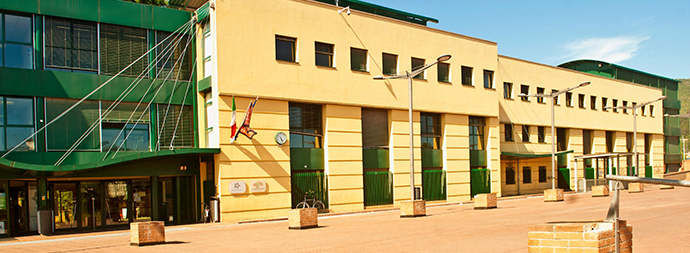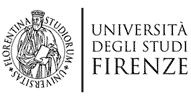
Locations and facilities
|
PIN Polo universitario città di Prato
Piazza Giovanni Ciardi, 25 - 59100 Prato (PO) - Italy
The three-year and master's degree courses in Fashion Design at the University of Florence are based at PIN - Polo universitario città di Prato. The PIN is located in a beautiful industrial archaeology building a stone's throw from the city's historic centre, near the 'Prato Porta al Serraglio' railway station - an essential intermodal hub that connects it to Florence in less than 30 minutes.
The city of Prato is located in the centre of the 'metropolitan area' between Florence and Pistoia and the heart of the agricultural park of the plain. Crossed by the Bisenzio river, its monuments and buildings bear witness to an essential historical stratification dating back to Etruscan times.
Over the last few centuries, it has undergone a remarkably productive and commercial development that has made it Tuscany's second largest city in terms of population and wealth with the problems and attractiveness typical of a large city with many cultural and recreational facilities suitable for welcoming university students. These characteristics, together with a rich and varied surrounding territory (from the woods of the upper Bisenzio to the archaeological area of Gonfienti, to the agricultural region of the plain and hillsides, to the Medici villas, to the productive fabric, etc.) and the vast ethnic melting pot of residents (Prato is home to the largest Chinese community in Italy), have allowed the district of Prato to invest in many activities in the artistic, social and territorial spheres and to be one of the most advanced European realities in urban and territorial planning.
The City of Prato and its important territorial system offer the proper context for the design research of polycentric models as an alternative to the crisis of the central-peripheral metropolitan areas, directly measuring them with the problems of a concrete community. Furthermore, the intersection of scientific innovation, the density of historical stratification, good governance practices and the culture of good living makes it possible to learn and locally verify planning and design models that can be exported to various parts of the world.
|
Department of reference
|
last update: 10-Jan-2023


